Introducing solids is an exciting step—but it can also feel overwhelming. From BLW to allergies to anxiety about choking, there’s a lot to navigate. Dietitian, Veronica LaMarca, and mom of 2, recently shared some of her thoughts with us on this topic. We also previously spoke with Olivia Powers, a pediatric Occupational Therapist and mom, about baby-led weaning and other first food topics.
When to Start Solid Food
Most babies are ready to begin solid foods around 6 months of age. However, experts at the American Academy of Pediatrics say that readiness signs are more important than your child's age. According to Powers, parents should look for signs like:
- Sitting with minimal support
- Good head and neck control
- Interest in watching you eat
- Ability to bring objects to their mouth
Every baby is different, LaMarca says. Some babies may be ready a bit later in their sixth month.
Is My Baby Eating Enough Solid Food?
Are you worried about whether your baby is eating enough? LaMarca says that parents shouldn't worry too much during the first year. "At first, it's about the sensory experience. Sitting at the table with their family for mealtime, touching food, getting food on their face, exposure to different flavors and textures of food," she says.
During the first 12 months, some babies don't eat a lot as they take in the new experience. LaMarca stresses that parents should follow hunger and fullness cues. If your baby shows signs like turning their head away or refusing food, respect that.

Prioritize Exploration Until Age 1
"Before 12 months, breastmilk or formula is still their main source of nutrition, and solids are more about exposure and practice," Powers explains. In other words, think exploration first, nutrition second. Meanwhile, your baby should still be getting plenty of breast milk or formula.
After 12 months, the order of importance for nutrition shifts. At this point, your baby should get more calories, vitamins, and minerals from solids than from milk or formula.
And remember—every child is different. Some babies ease into food quickly, while others need a slower, more sensory-focused introduction.
What is Baby Led Weaning?
Baby Led Weaning or BLW is a style of offering solid foods that promotes self-feeding. Instead of spoon-feeding your baby infant cereals or puree, your baby self-feeds large pieces of soft, safe food. This approach makes it easier for families to feed babies the same meals the rest of the family is having.
Proponents say that baby led weaning helps introduce babies to more flavors, textures, and foods. In the long run, this can help babies learn to enjoy more foods and limit picky eating.
That said, BLW isn't the best choice for every family. Some parents worry about choking hazards or prefer to use purees. "It's ok if you're not comfortable with this style," LaMarca says.
Also, be sure to check with your pediatrician to ensure this method is a good choice for your baby. Some babies may have medical or developmental concerns that make BLW unsafe.
What are Baby Led Weaning Foods?
When choosing foods for BLW, the goal is to make it easy for baby to self-feed while minimizing the risk of choking.
Powers recommends ensuring each piece of food you give baby is as long as your finger and at least two fingers wide. Also, use the following textures:
- Soft foods you can easily mash between your fingers. For example, avocado, steamed carrots, or cooked potatoes.
- Foods that break down after sucking or chewing, like toast or cooked pasta.
- Highly resistant foods that are very difficult to break into pieces, like pineapple core or corn on the cob.
Some other examples of baby-led weaning options from a variety of food groups include:
- Ripe banana
- Mango
- Cooked apple
- Cooked broccoli
- Cooked sweet potato
- Cooked zucchini
- Shredded chicken
- Scrambled eggs
- Toast
- Pancakes
When preparing foods, limit added sugar and salt. LaMarca says that a little salt is probably fine, but it's important to limit salt to protect your baby's kidneys.
You can use other flavorings, such as herbs or spices, to broaden your baby's tastes. For example, you might add a dash of cinnamon to some cooked apples. Or, mix some chopped fresh basil in with their scrambled eggs.
Can You Do Puree Food and Baby Led Weaning?
Yes, you can! Powers and LaMarca agree that you can do a mix of both. Powers recommends pre-loading a spoon and putting it on your baby's tray or plate.
You can also do some spoon-feeding and BLW.
LaMarca highlights that some foods we eat are purees or soft. For example, mashed potatoes or soups are popular for adults. You can give your baby a taste of these when you have a meal together.
When Can an Infant Have Eggs?
Your baby can have eggs as soon as they are eating solid foods. Scrambled eggs are a popular option to try when introducing this food. Many parents are nervous about allergenic foods like eggs or peanut butter. However, new research shows that introducing these foods early can help prevent allergies.
Powers suggests introducing allergenic foods like eggs one at a time, in small amounts, and when your baby is not sick. Ideally, you introduce these foods earlier in the day so you can observe your baby for any allergic reactions.
Usually, reactions are mild, such as a rash or hives. If your baby has a more severe reaction, call emergency services. If any reaction happens, be sure to be in touch with your child's pediatrician.
If your baby has eczema, talk to your pediatrician to ensure it's safe to introduce these foods. Eczema and food allergies are linked, meaning your baby may need extra supervision or care when trying some foods.
Sample Eating Plan for 8 Month Old
At 8 months old, your baby is probably a few months into eating solids. At this point, your baby might be eating two to three meals a day. Foods they may enjoy include cooked fruits and vegetables, purees, scrambled eggs, pancakes, and more. If you're doing baby-led weaning, your baby may be enjoying self-feeding and gaining success.
LaMarca says that it's not unusual for feeding to feel stressful in the first few months of starting solids. Her advice? "Lower your expectations as a parent, expect them to sit for a shorter period of time, and let them explore the foods," she says.
Some other tips she offers include:
- Avoid overwhelming your baby with a full plate of food.
- Start by offering just 3 pieces of food on their tray or plate.
- Offer one food you know your baby likes as part of their meal.

What If My Child is a Picky Eater?
Picky eating is a common problem, especially as your child begins toddlerhood. LaMarca suggests that parents start working on this when introducing solids. You can model eating a variety of healthy foods by eating together as a family. Cook one meal that everyone enjoys together.
LaMarca also suggests that young children interact with food outside of mealtime. "As kids get older, interaction is key," she says. "Have them in a toddler tower beside you as you're preparing meals so they can see foods, touch them, and help. Seeing foods more often can help limit their hesitation once it makes it to their plate."
Starting Solid Foods: An Exciting Journey
Are you starting solids with your little one? Let us know how it's going in your home in the comments below.
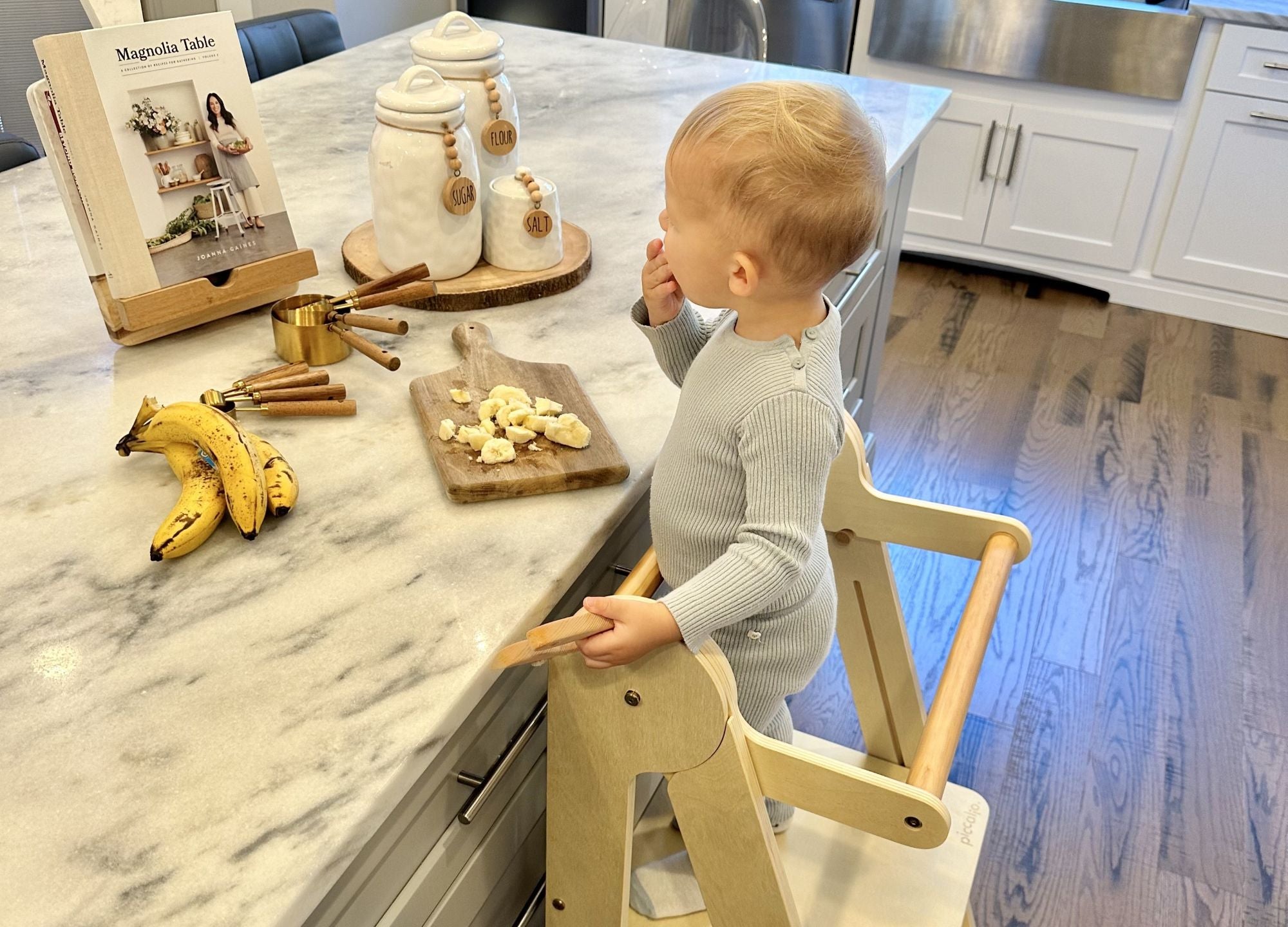

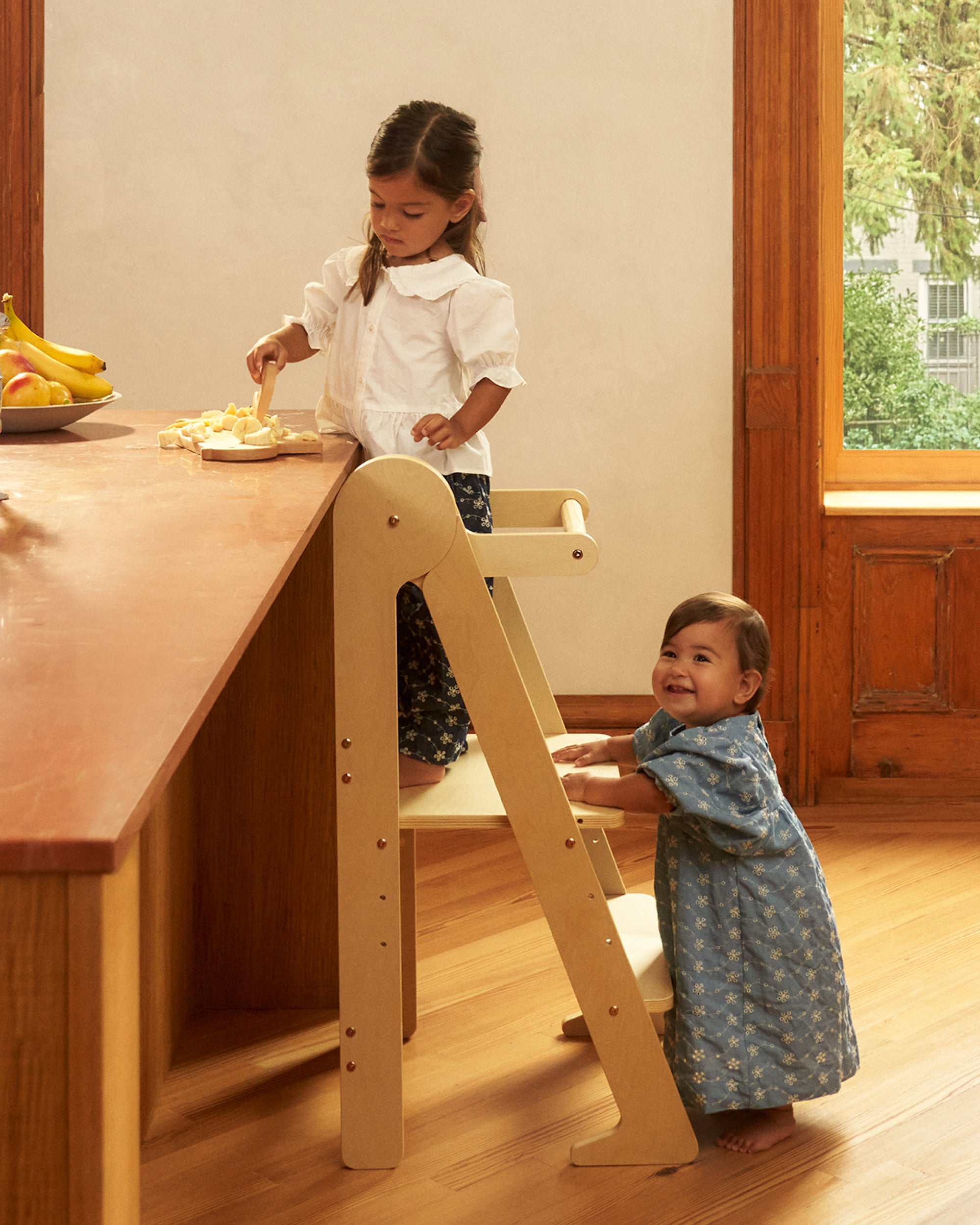
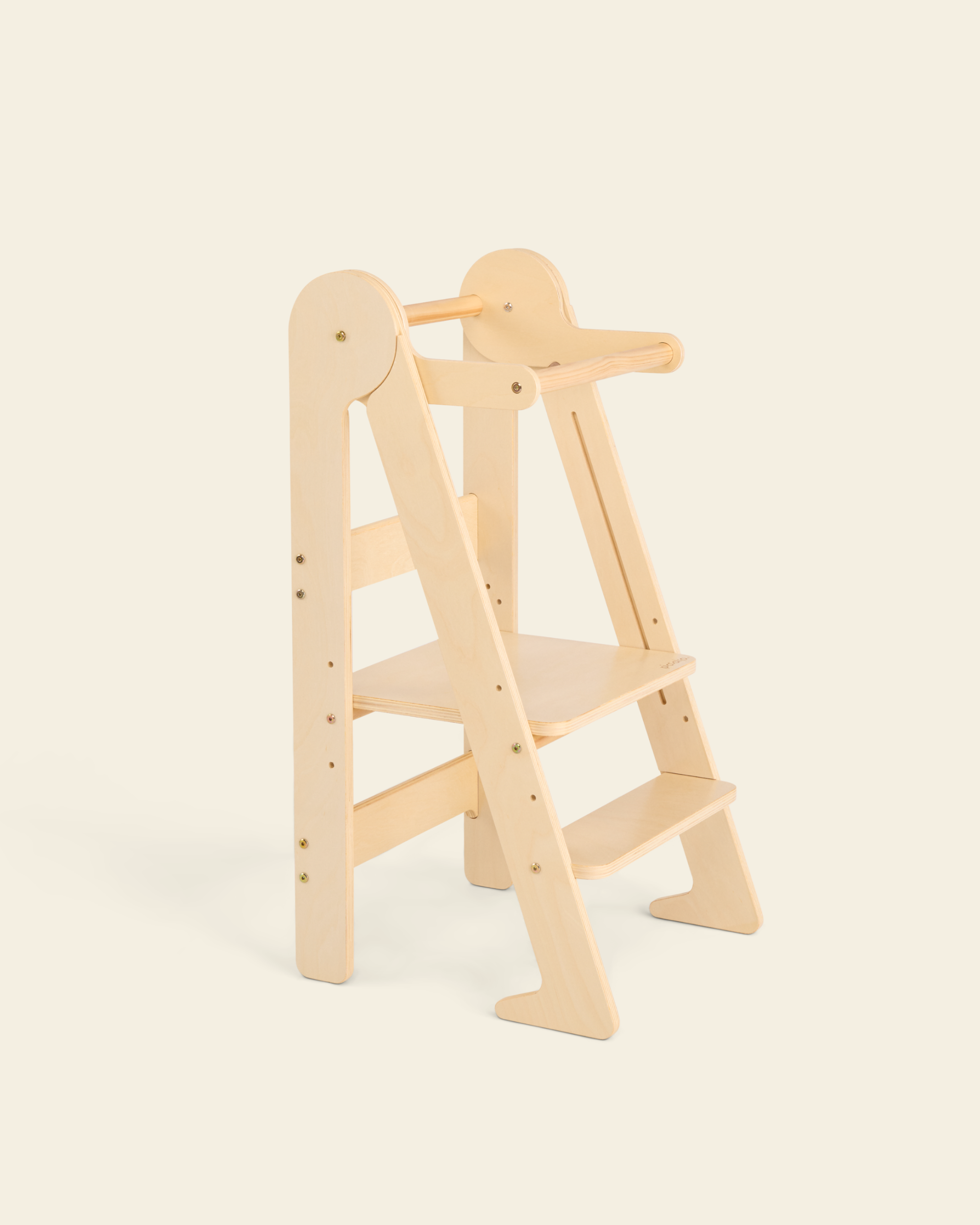
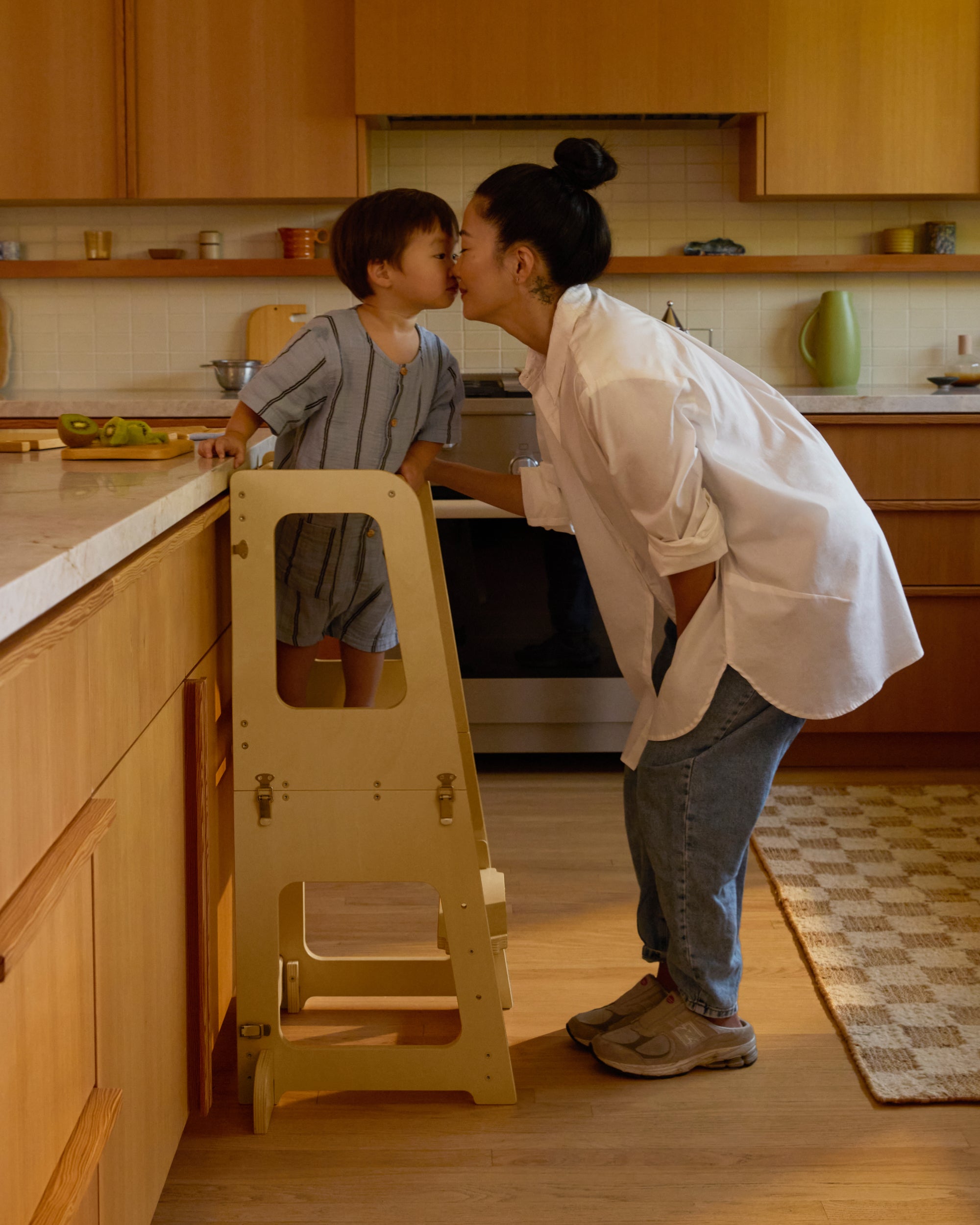
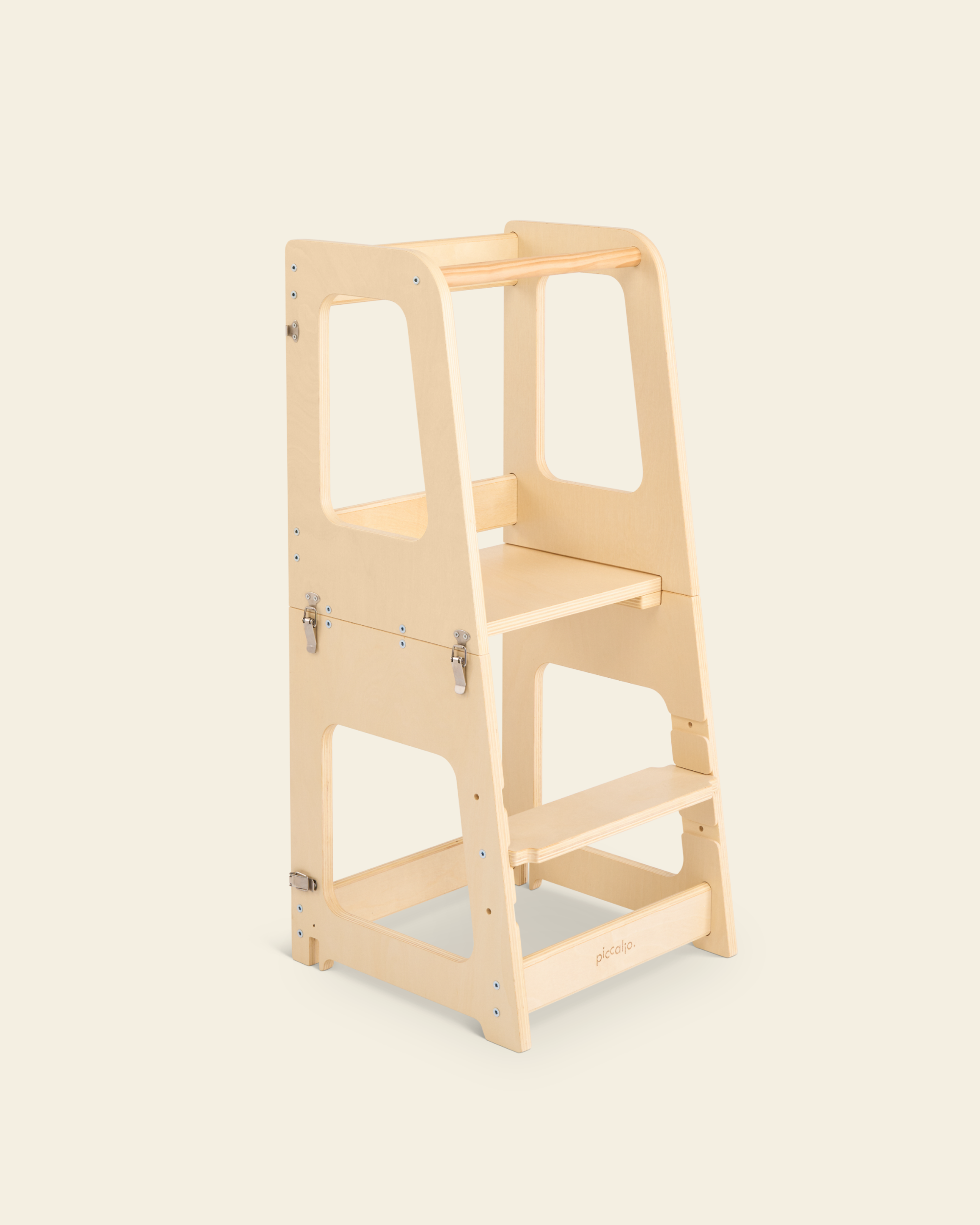
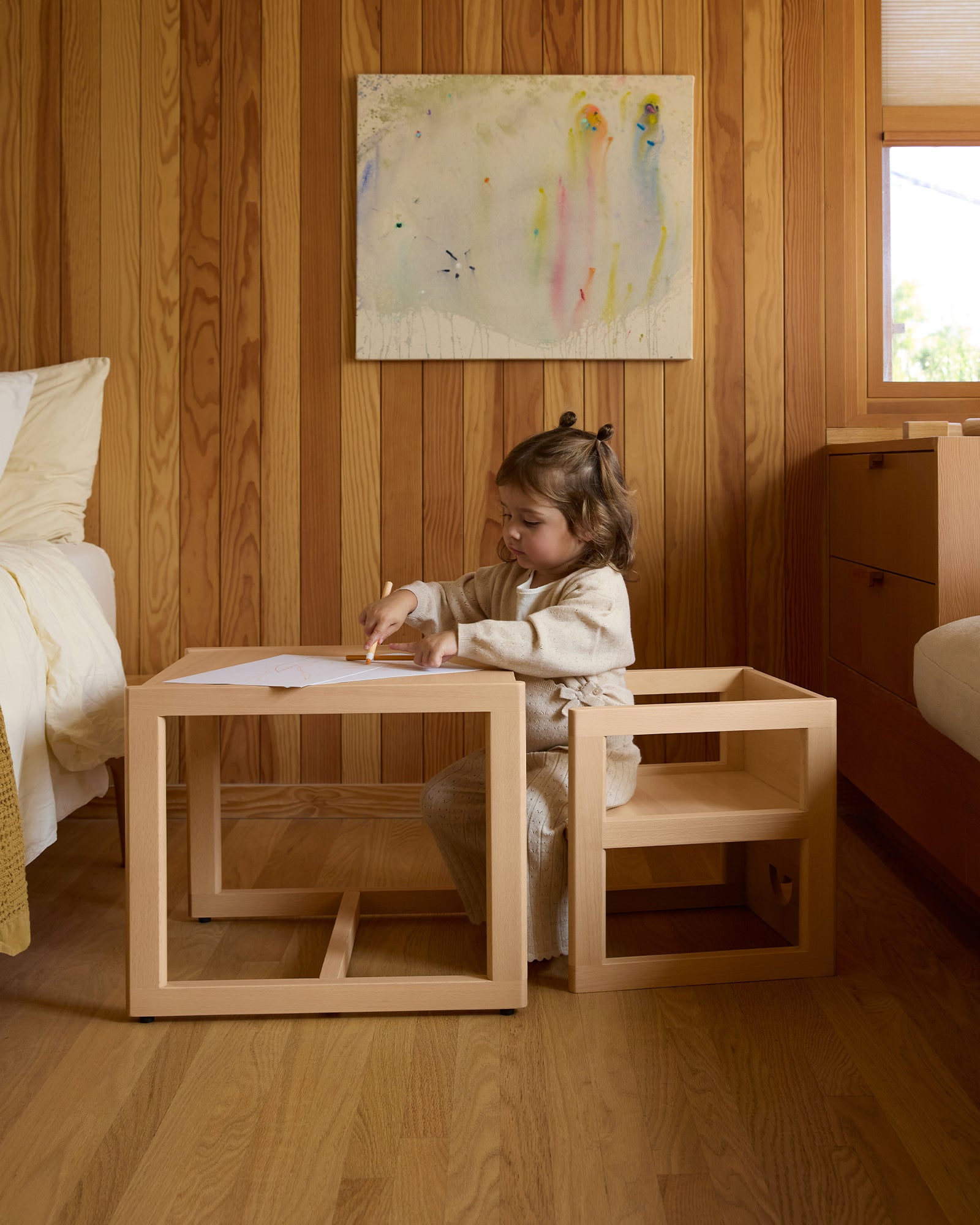
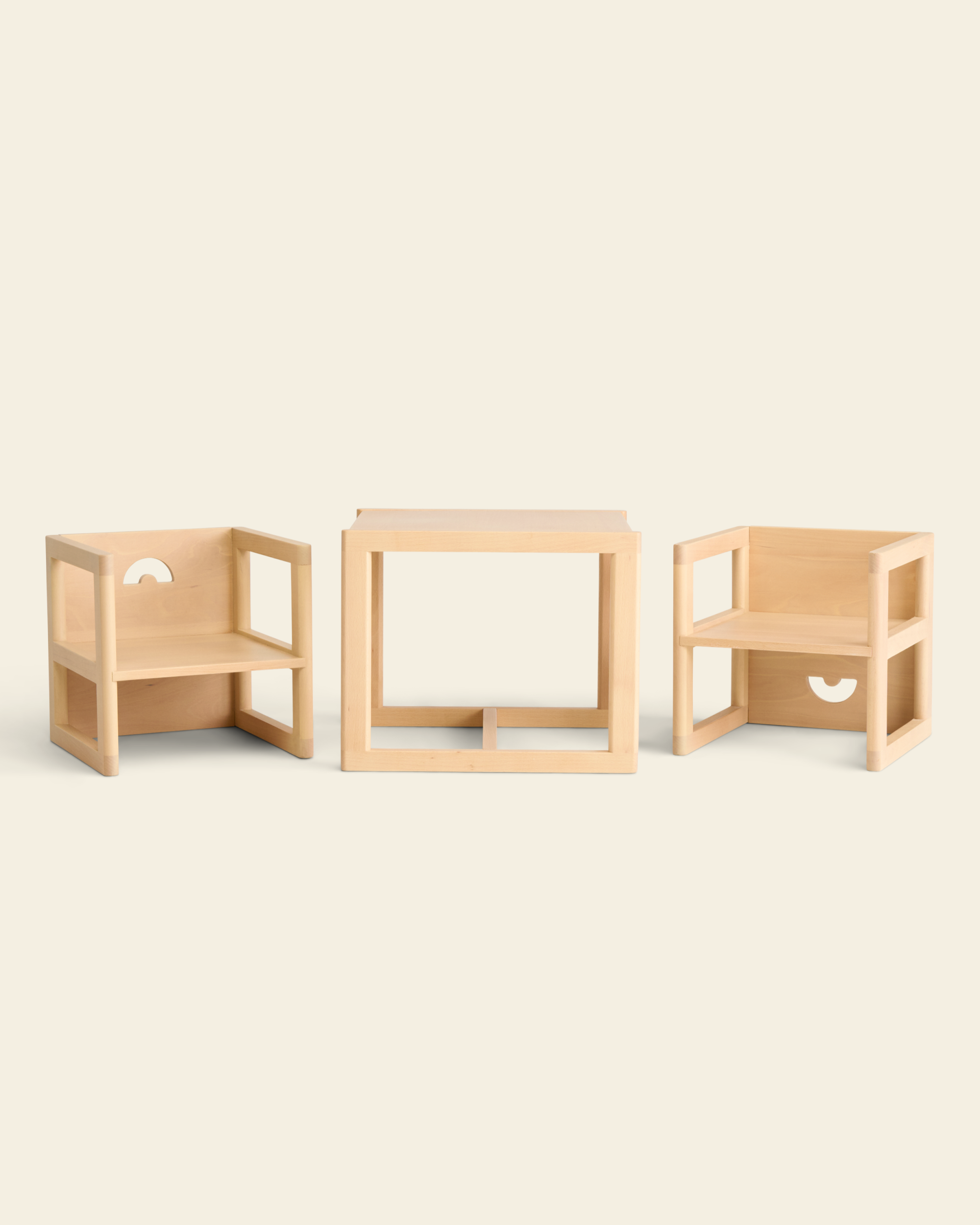
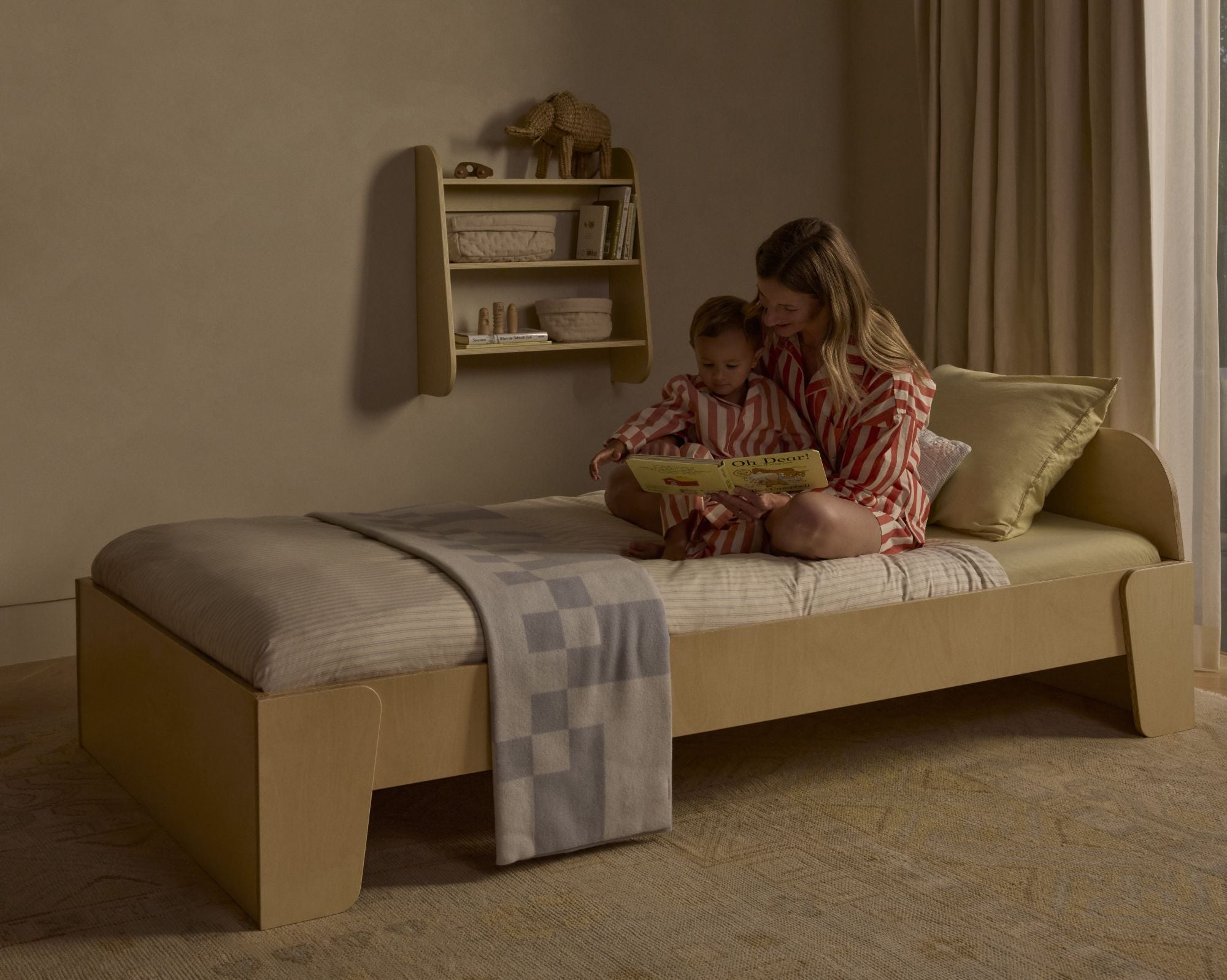
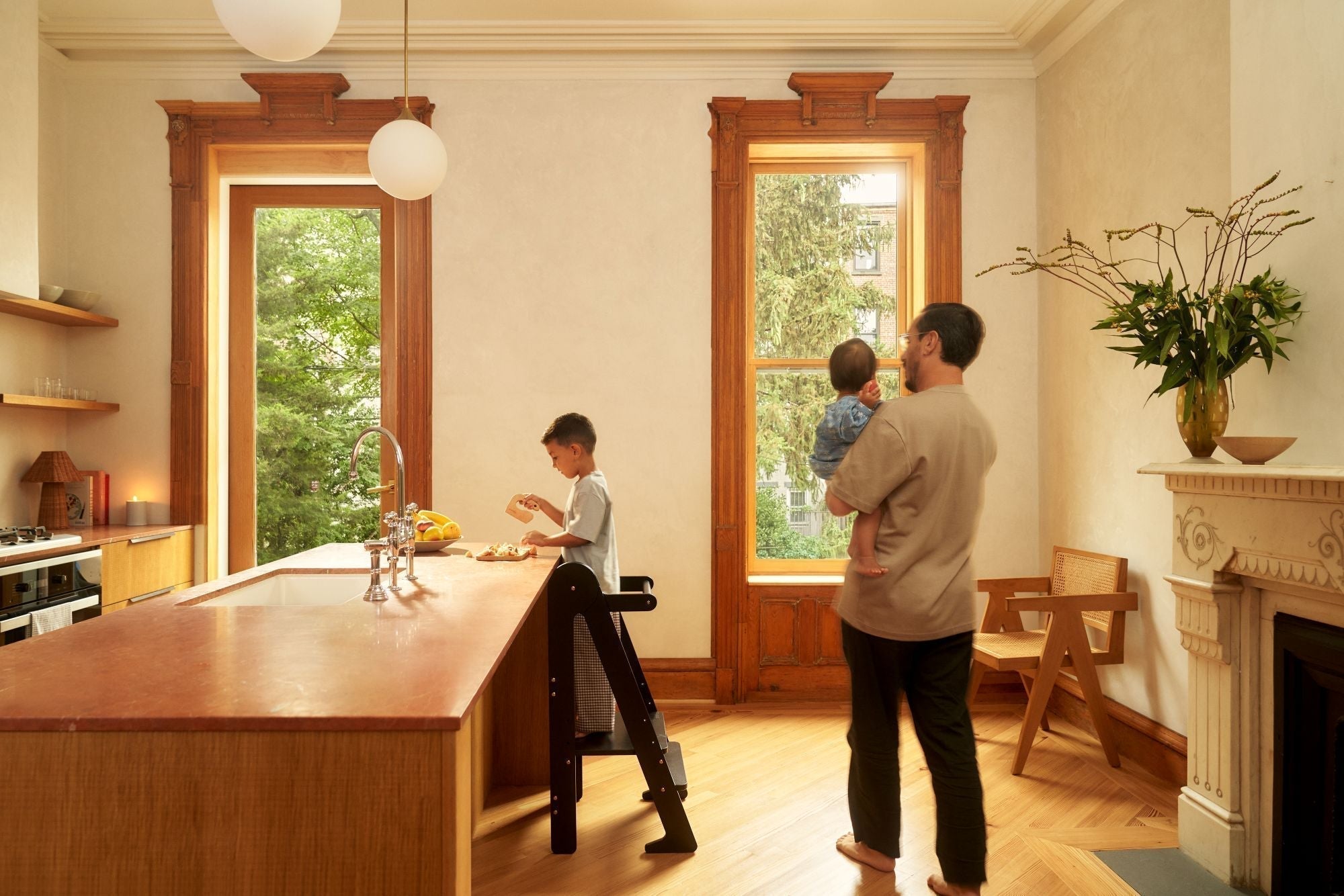
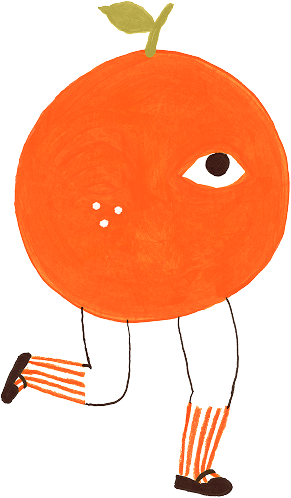

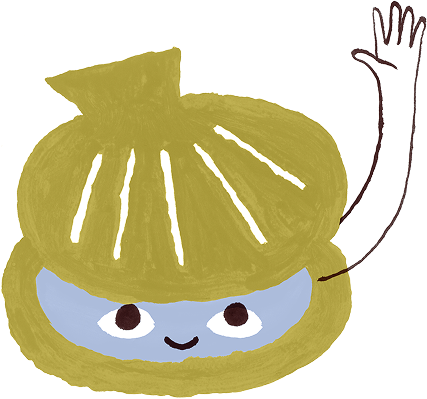
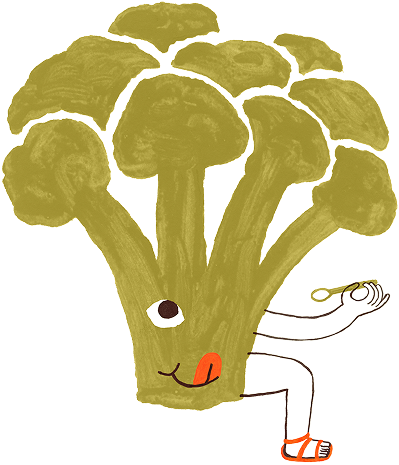
Leave a comment
This site is protected by hCaptcha and the hCaptcha Privacy Policy and Terms of Service apply.